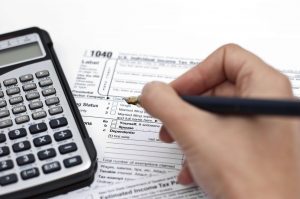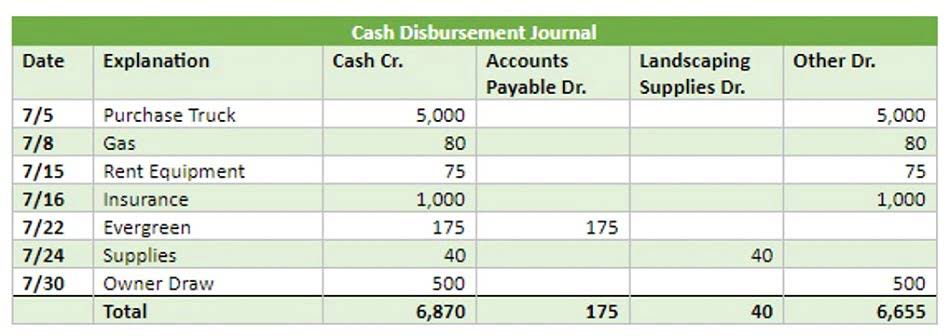
In the practice of bookkeeping, contra assets play a fundamental role in presenting a clear picture of a company’s financial health. They are used to adjust the value of related asset accounts and reflect transactions that affect a company’s financial statements. Accumulated Depreciation is a contra asset account utilized to record the total depreciation of a fixed asset over time. It appears on the balance sheet and negates the gross amount of fixed assets such as buildings, machinery, office equipment, furniture, and vehicles. An important fact to note is that while the asset’s book value decreases, the accumulated depreciation increases, presenting the realizable value of the assets. Contra asset accounts are specific types of accounts in accounting ledgers that hold a credit balance and are used to reduce the value of related asset accounts.
Assessing Valuation Allowances
- For example, the discount on bonds payable reduces the carrying value of bonds, reflecting the true cost of borrowing.
- It is not classified as a liability since it does not represent a future obligation.
- Contra asset accounts are a type of contra account that net off against asset accounts.
- Managing these accounts correctly helps you make informed financial decisions and present a clear view of shareholder equity.
- The most common contra type, contra assets, records the loss in value of any asset accounts listed in your general ledger.
- Contra accounts help businesses present a clear and honest picture of their financial health.
These accounts are used to lower the balance of asset accounts and reflect the net book value of assets. Contra assets are essential in accounting for accurately presenting the net value of assets. Their management requires precise bookkeeping practices to ensure financial statements reflect an entity’s true financial position. The Reserve for Obsolete Inventory contra asset account is used to estimate and reduce the value of inventory that is no longer sellable or has diminished in value. By adjusting the value of inventory on hand, a company can present a financial position that closely matches the inventory’s market value. The main advantage of using a contra asset account is to separate this reduction from the asset account with which it is paired.
- The hottest retail item of today can be relegated to nostalgia channels on YouTube tomorrow.
- Contra asset accounts also provide a clear picture of the companies’ accumulation of assets.
- With offices in Miami, Coral Gables, Aventura, Tampa, and Fort Lauderdale, our CPAs are readily available to assist you with all your income tax planning and tax preparation needs.
- The main advantage of using a contra asset account is to separate this reduction from the asset account with which it is paired.
- The purpose of a contra account is to offset the balance of a related account.
Impact on Financial Statements
It is a reduction from equity because it represents the amount paid by a corporation to buy back its stock. The contra account accounting reduces the total number of outstanding shares. The treasury stock account is debited when a company buys back its shares from the open market. Contra Liability Account – A contra liability account is a liability that carries a debit balance and decreases other liabilities on the Bookkeeping for Etsy Sellers balance sheet.
- In other words, a contra asset account maintains a credit balance instead of a debit balance.
- The balance sheet would show the piece of equipment at its historical cost, then subtract the accumulated depreciation to reflect the accurate value of the asset.
- So rather than adjusting your Inventory account, you would update its contra account — Obsolete Inventory.
- These programs help to streamline the accounting process and ensure that all transactions are properly recorded.
- Accurate recording of contra entries in accounting systems is essential for financial integrity.
How to Calculate the Present Value of Free Cash Flow

A contra asset is paired with an asset account to reduce the value of the account without changing the historical value of the asset. Examples of contra assets include Accumulated Depreciation and Allowance for Doubtful Accounts. Unlike an asset which has a normal debit balance, a contra asset has a normal credit balance because it works opposite of the main account.


For example, if a company has a revenue account for sales returns and allowances, they would also have a contra revenue account to offset the balance in the sales returns and allowances account. For example, the discount on bonds payable reduces the carrying value of bonds, reflecting the true cost of borrowing. This adjustment is vital for investors and analysts evaluating a company’s debt obligations and interest expenses.
Contra account: Definition, types, and how it works

The auditors want to ensure that reserves are adequate, while the controller is more inclined to keep reserves low in order to increase the reported profit level. The amount of contra asset account this reserve is typically based on the company’s historical loss experience for each reserve. Contra Equity Account – A contra equity account has a debit balance and decreases a standard equity account.
Contra Asset Account – A contra asset account is an asset that carries a retained earnings balance sheet credit balance and is used to decrease the balance of another asset on the balance. Therefore, contra-asset accounts differ from other accounts that have a credit balance. Let’s consider a fictional example of a small business called “GreenThumb Nursery” to illustrate the use of contra asset accounts in financial accounting.








